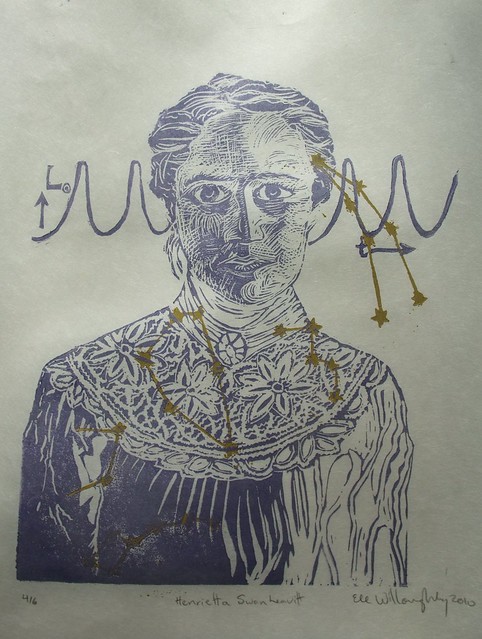(
↬Colossal)
This lovely short stop-motion paper craft video is directed by Vincent Pianina and Lorenzo Papace (May 2012) for Papace's band
Ödland, for the song
Østersøen on the album Sankta Lucia (October 2011). The music was also written, composed and recorded by Lorenzo Papace. The song tells the story, in French, of dreaming of traveling in bed, moving about a room, aboard a train, which in turn is aboard a ship, which is sailing the Baltic Sea, trying to avoid dangerous islands.
There is a verse about isostacy, which has got to be the
most only artistic interpretation of the geophysical concept I've ever seen. It's quite pertinent to the
Baltic, due to the post-glacial rebound (or
isotatic rebound) of
Fennoscandia1 to the north and east of the sea; basically, the nature and size of the sea depends on its relative height. Imagine all the continents floating on the Earth's mantle (also shown in the video), much like icebergs float in the sea, with a certain proportion above water and the remainder below. Everything will find its equilibrium position. If you drop an ice cube in your glass of water, it may sink initially then float to the surface; isostasy (or with fluids, buoyancy) will push the less dense up so that it can be in gravitational equilibrium. In the case of icebergs, which are only slightly less dense than water, there is 90% below the sea and only 10% above. It is isostasy which determines these proportions, as the song says (the islands like icebergs find the sea surface through the process of isostasy). Thus mountains have 'roots' just like icebergs hide much below the waterline. If you put a large weight on the Earth, it will deform to accommodate this weight like a trampoline. Consider for instance huge glacial ice sheets during ice ages. These pushed the crust downward. Since the removal of that weight and the retreat of the icesheets, the Earth has been rebounding upward to find its new icesheet-less equilibrium. (The Earth, like SillyPutty, is viscoelastic, so it does not respond instantaneously to the removal of the icesheet's mass, but on a longer time scale governed by the nature of the mantle - specifically its viscosity. It's also important to remember that if we think in geological time, units of thousands to hundreds of thousands of years are not that long). Thus vast regions of the Earth near the poles, like Fennoscandia, or Canada's Hudson's Bay are in fact moving and have been moving upward, away from the centre of the planet, since the retreat of the glaciers and the end of the last ice age. In the song, which describes a dream, the process is vastly sped up, and "dangerous islands" pop up through isostasy in a matter of seconds, so the boat must take a circumambulating path to navigate its changing seascape.

Consider the series of shapes needed to show the rise of a single island!
The video uses the plates of
Ernst Haeckel2 to great effect. I love the spatial context; the bed upon the train upon the ship upon the sea, complete with the multifarious sea life; the sea in turn is shown in context of Northern Europe and earth and the solar system. In the process they built a wonderful orrery (solar system model). How I love orreries. The train furthermore travels an amazing roller coaster-like track, which I'm astounded to learn they built and filmed in only 4 months. It's really quite marvellous.
You can find more about the music, the video, art and process on the blog
Le Petit Écho Malade. You can even buy the sheet music. I'm so charmed by this quixotic, anachronistic endeavour. Check it out.
1 Ok, I just wanted to use the word '
Fennoscandia'. It is the geological province which encompasses the entire Scandinavian peninsula and Finnland.
2 You know how I am a raving fan of the
wunderkammer collections of nature illustration by Ernst Haeckel.























